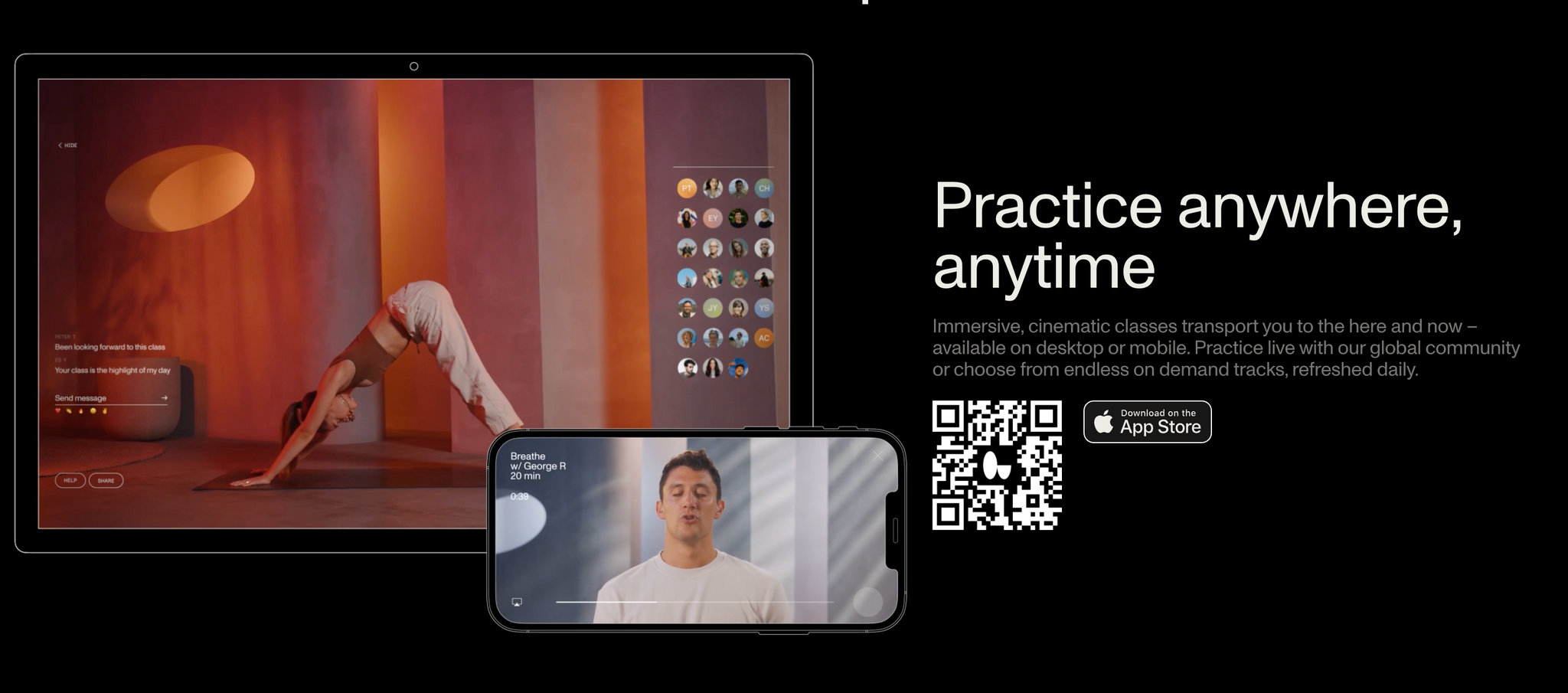
After years of continuous growth, TikTok usage among US teenagers has reached a plateau. This plateau reflects a broader trend in the digital space, highlighting the dynamic nature of user preferences and the constant quest for engaging content beyond the confines of a single platform.
After years of dominance among Gen Zers, it appears that TikTok’s unparalleled hold on youth culture is showing signs of loosening its grip. According to Forrester’s 2023 Youth Survey, 68% of American teens use TikTok at least once a week, a 1% drop from 2022, while usage of short-form competitors – like Instagram Reels and YouTube Shorts – have exploded in popularity. “In the pureplay short-form video space, TikTok is by far still the leader, but Reels gained steam,” says Mike Proulx, research director at Forrester. “It’s an important reminder for brands to diversify their short-form video spend and not rely on just one platform.”
American teenagers exhibit a nuanced approach to social media, strategically selecting platforms based on distinct purposes. Instagram may serve as the curated highlight reel, showcasing polished moments, while Snapchat becomes the ephemeral canvas for authentic, fleeting expressions. TikTok, with its short-form creativity, provides an outlet for uninhibited self-expression and trend exploration. Twitter, on the other hand, becomes the arena for real-time conversations and cultural commentary. This platform diversity reflects a conscious curation of their digital identity, leveraging each platform's unique features to fulfil specific social, creative, or informational needs.
But despite legal challenges in the US, TikTok is still far and away the most popular platform for teens, and even those who have turned to short-form video elsewhere are largely consuming the same content. Three-quarters of marketers anticipate increasing their spending on TikTok over 2024, pointing to continued attempts to engage young consumers on the platform. Algorithmic methods of reaching consumers are changing as well. Platforms like Facebook and Instagram are using AI to better tailor their algorithms to users’ needs. Similarly, platforms like Artifact are using the technology to create a curated news feed sourced across the web, pointing to a future wherein consumers’ attention is spread thin.



